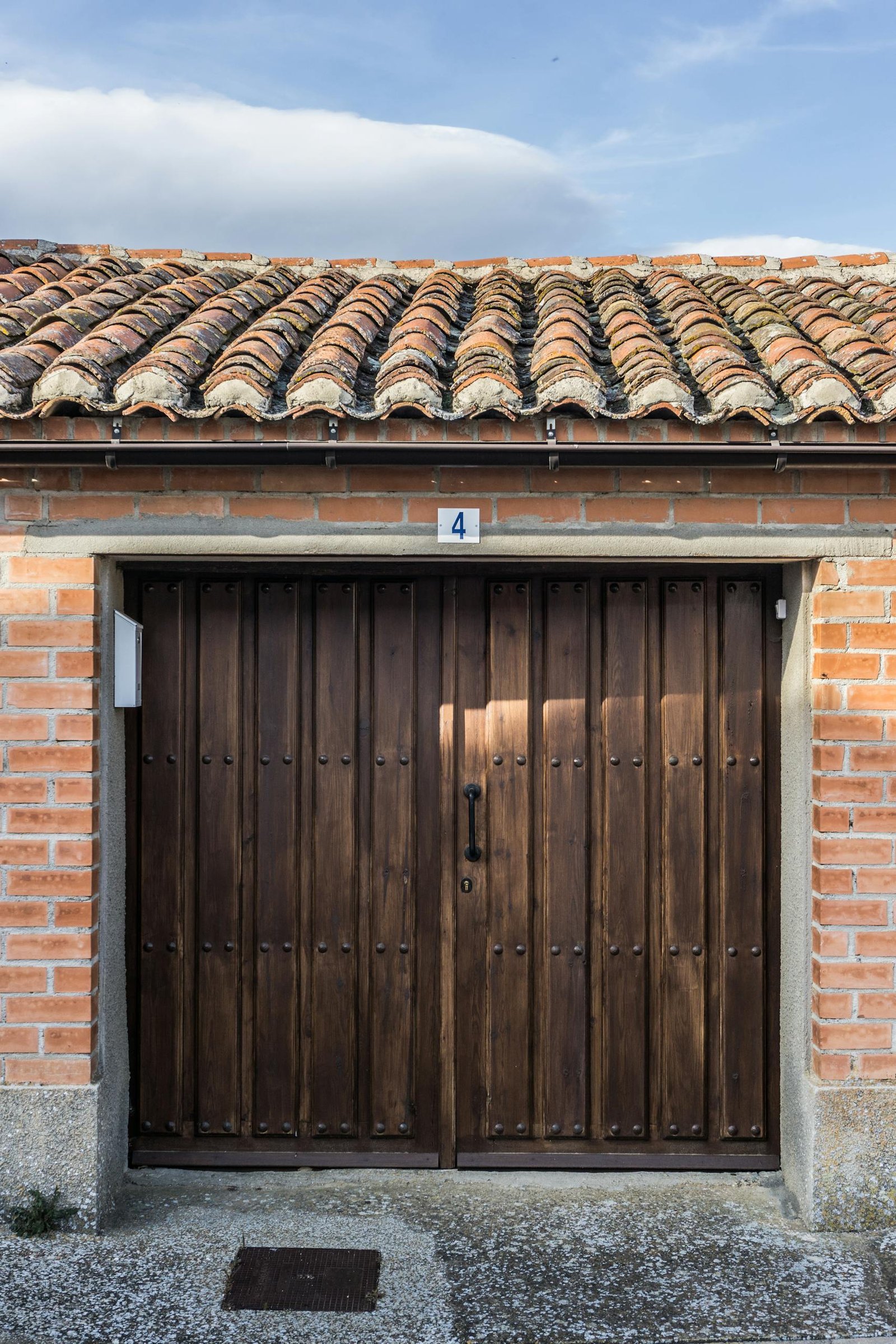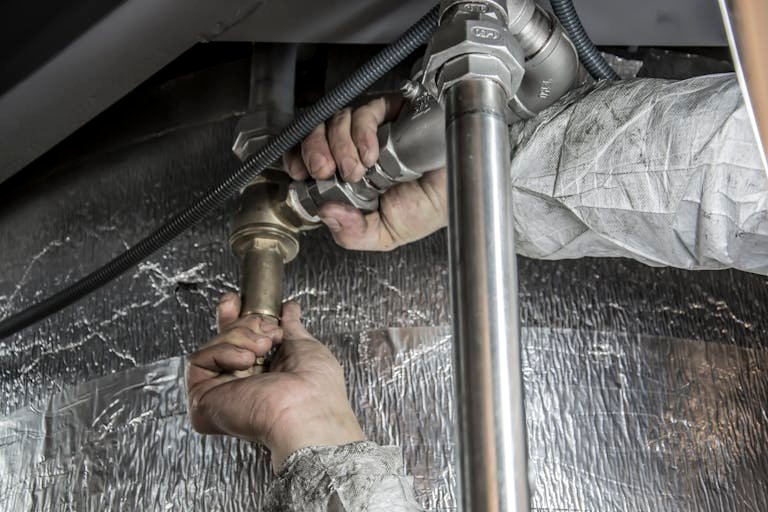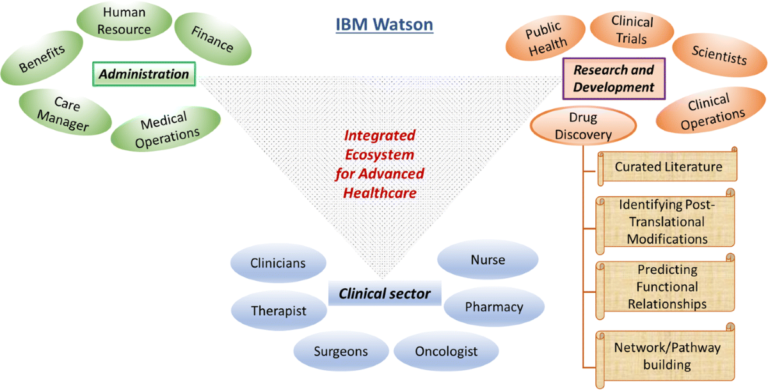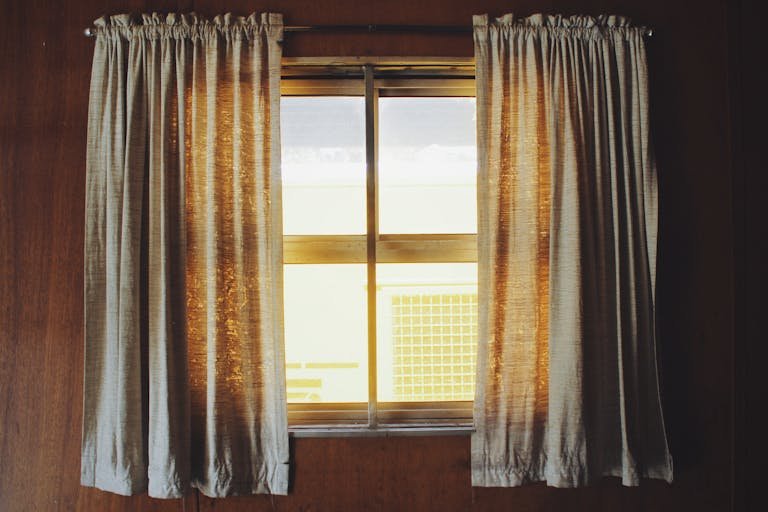During the colder months, snow and ice can accumulate on roofs, creating potential hazards for the home’s structure and its occupants’ safety. Roof snow and ice removal is a task that requires professional attention, as improper removal can cause damage to the roof and lead to costly repairs. Many homeowners underestimate the impact these weather conditions can have on their roofing system, but these risks can be minimized with the help of a roofing contractor. We will explore how roofing contractors approach snow and ice removal while protecting the roof’s integrity and ensuring long-term durability.
Understanding the Risks of Snow and Ice Accumulation
The added weight can significantly stress the structure when snow and ice accumulate on a roof. This weight can cause the roof to sag or even collapse in severe cases. Additionally, ice dams—formed when ice builds up along the edges of a roof—can prevent melting snow from properly draining off the roof. This causes water to back up under shingles, leading to leaks, mold, and internal water damage. Roofing contractors understand these risks and have the tools and techniques to safely and effectively remove snow and ice, preventing long-term damage.
- Initial Roof Assessment Before Removal
Before removing snow and ice from a roof, a contractor conducts a thorough inspection to assess the extent of the accumulation and any potential hazards. This assessment includes identifying areas where the snow has piled up the most and checking for signs of ice dams. They will also inspect for any existing damage to the roof, such as loose shingles or cracks, which the weight of the snow could exacerbate. This initial assessment allows the contractor to develop a safe and effective removal plan, minimizing the risk of causing further damage during the process.
- Choosing the Right Tools and Techniques
Roof snow and ice removal must be approached with care, as using the wrong tools or techniques can cause damage to the roofing materials. Contractors use specialized tools such as snow rakes and shovels designed for roof use, preventing scratches or punctures to the surface. For ice removal, a professional may use ice melt products that are safe for roofing materials or apply steam to gently melt away the ice without causing any harm. These tools and techniques are specifically chosen to ensure the roof remains undamaged during removal.
- Managing Ice Dams Safely
Ice dams can be one of the most challenging aspects of snow and ice removal on a roof. These dams form when warm air inside the home causes snow on the roof to melt, only for the water to refreeze at the roof’s edges, forming a barrier. The trapped water can then seep under shingles and into the home, causing leaks. Roofing contractors handle ice dams by carefully removing the snow from the affected areas and then addressing the dam itself. They may use steam or safe ice-melting solutions to break the ice and ensure water flows freely off the roof. Additionally, contractors often recommend long-term solutions, such as adding insulation or improving ventilation, to prevent future ice dams from forming.
- Preventing Roof Damage During Removal
One of the biggest concerns during snow and ice removal is the potential for roof damage. Heavy-handed removal techniques or the use of inappropriate tools can lead to broken shingles, punctures, or cracks in the roof. Professional roofing contractors take extra care to avoid damaging the roof while removing snow and ice. They use light pressure when raking or shoveling snow and avoid standing on the roof during removal to prevent unnecessary structural stress. In some cases, they may recommend leaving a thin layer of snow on the roof to act as a protective barrier against damage.
- Ensuring Proper Drainage and Ventilation
After snow and ice are removed from the roof, proper drainage and ventilation are essential to prevent future issues. Roofing contractors check that gutters and downspouts are clear and functioning correctly, ensuring that melting snow and ice can flow off the roof without obstruction. Additionally, they may inspect the roof’s ventilation system to ensure that warm air is not accumulating in the attic, which can contribute to the formation of ice dams. By addressing these factors, contractors help ensure the roof remains in good condition throughout winter.
- Long-Term Prevention Strategies
In addition to handling immediate snow and ice removal, roofing contractors can provide homeowners with long-term prevention strategies. This includes recommending proper insulation and ventilation, which help regulate the roof’s temperature and prevent the formation of ice dams. Some contractors may also suggest installing heated cables along the roof’s edges to prevent ice buildup in the future. These preventive measures can reduce the need for repeated snow and ice removal, ultimately saving homeowners time and money on future repairs.
Handling roof snow and ice removal requires a careful and systematic approach to ensure the home’s and its occupants’ safety. Roofing contractors bring valuable knowledge and experience to the task, using the appropriate tools and techniques to remove snow and ice without causing damage to the roof. By addressing immediate concerns such as ice dams and potential leaks and providing long-term prevention strategies, roofing professionals help homeowners maintain the health of their roofs through the winter months. We will explore how regular snow and ice removal by a professional contractor can protect your roof, improve safety, and extend the life of your home’s roofing system. Regular maintenance and attention during harsh weather conditions play a vital role in preserving the integrity and longevity of your roof.







